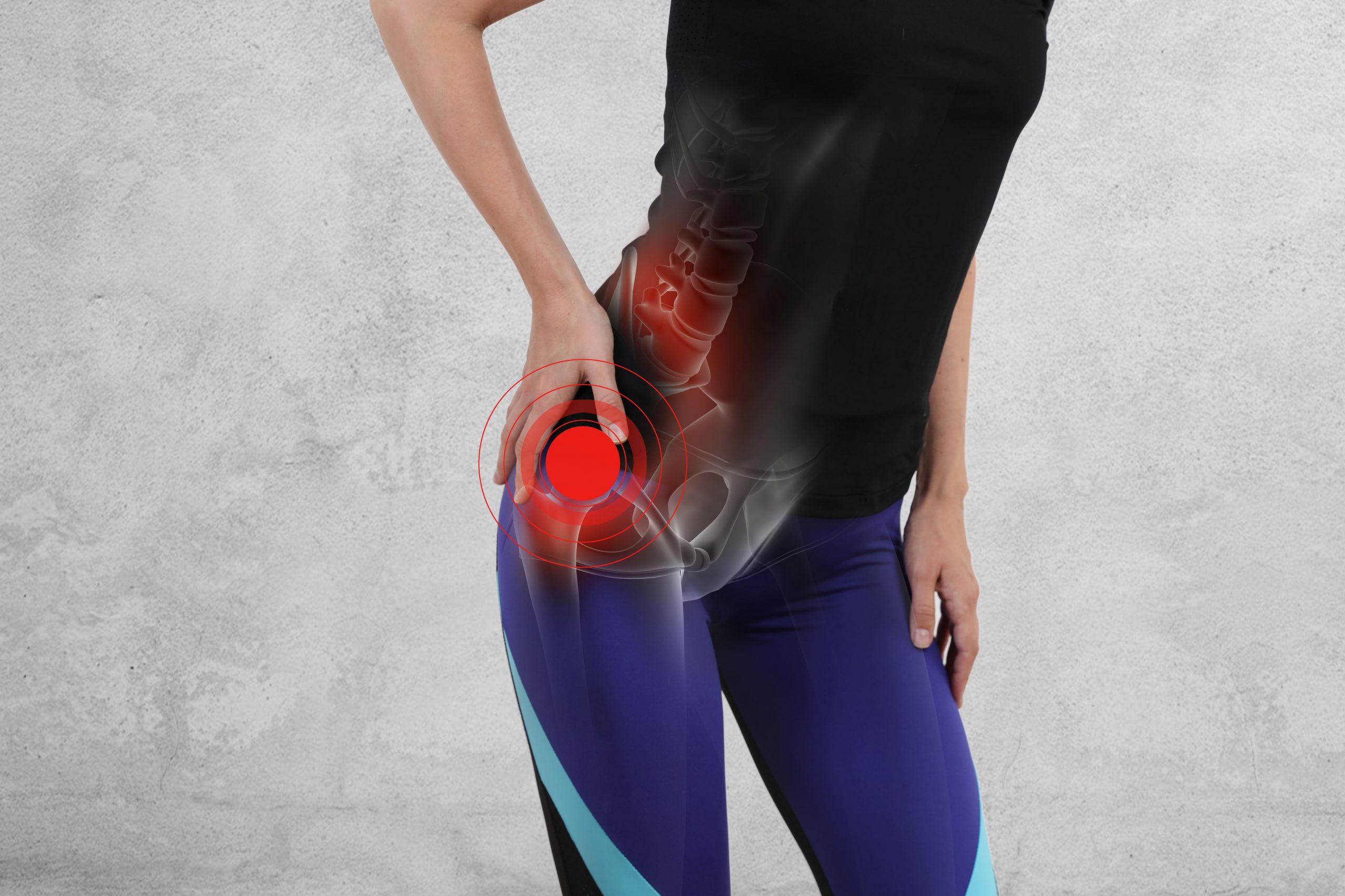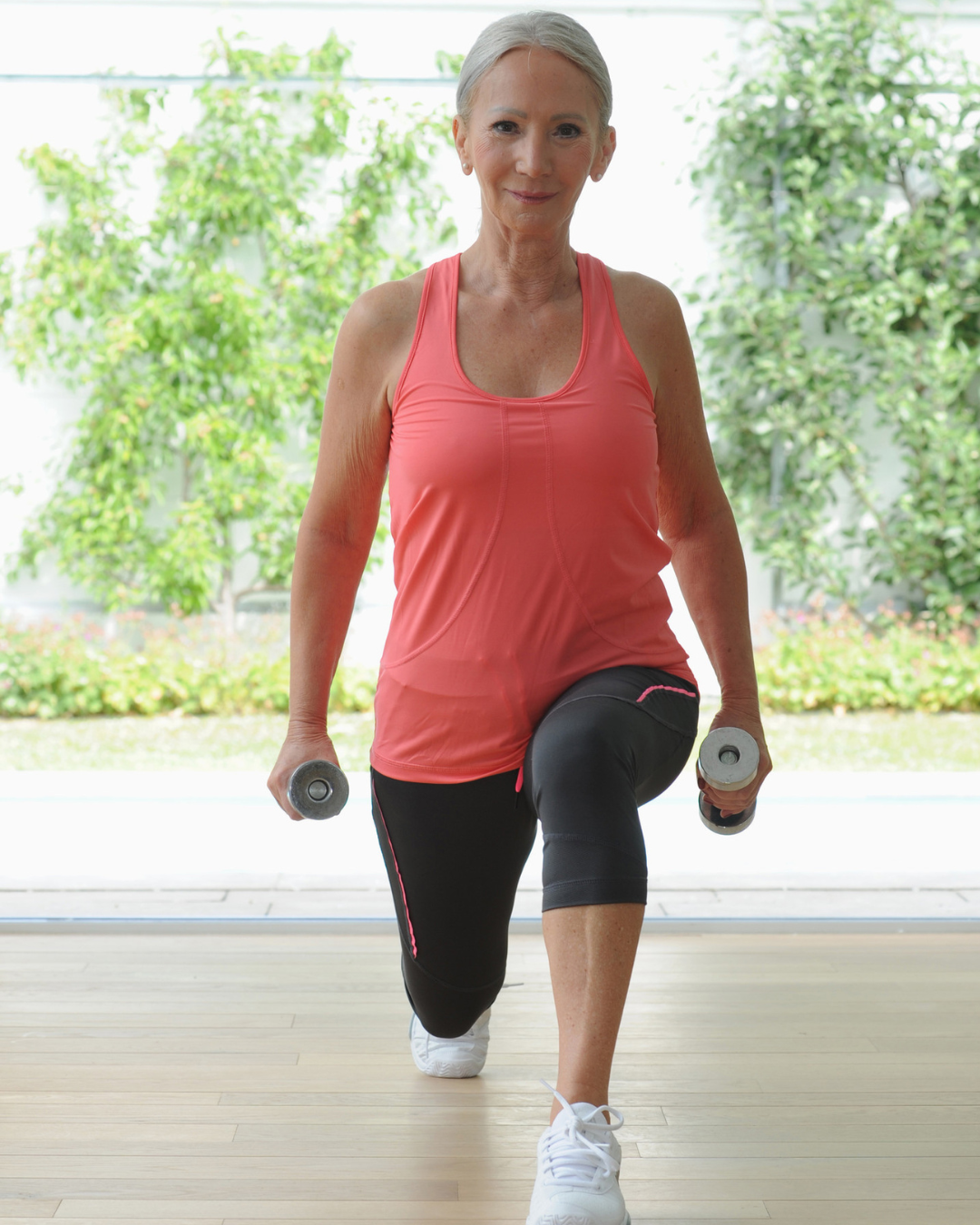Osteoarthritis
Osteoarthritis is a prevalent joint condition that affects many Australians, particularly as they age. This article aims to provide you with a clear understanding of osteoarthritis, including its causes, symptoms, management, and the current situation in Australia, including statistics on joint replacement surgeries.
What is Osteoarthritis?
Osteoarthritis, often abbreviated as OA, is a degenerative joint condition that primarily affects the cartilage in your joints.

Cartilage is a smooth, slippery tissue that covers the ends of bones where they meet to form a joint. It acts as a cushion, allowing your joints to move smoothly and painlessly. However, over time, wear and tear can damage this cartilage, leading to osteoarthritis.
What Causes Osteoarthritis?
The exact cause of osteoarthritis is not entirely clear, but several factors can contribute to its development, including:
1. Age: Osteoarthritis is more common as you get older. The natural aging process can cause cartilage to break down over time.
2. Genetics: If your parents or other family members have had osteoarthritis, you may be more likely to develop it.
3. Joint Injuries: Previous injuries or trauma to a joint can increase the risk of osteoarthritis in that joint.
4. Weight: Carrying excess weight puts added stress on your joints, particularly the knees and hips, making them more susceptible to osteoarthritis.
5. Gender: Osteoarthritis is more common in women, especially after menopause.
What are the Common Symptoms of Osteoarthritis?
Osteoarthritis can cause various symptoms, including:
1. Joint Pain: The most common symptom is pain, which often worsens with activity and improves with rest.
2. Stiffness: Affected joints may become stiff, especially in the morning or after periods of inactivity.
3. Decreased Range of Motion: You may notice that your joint’s range of motion is limited.
4. Swelling: Swelling can occur due to inflammation in the affected joint.
5. Cracking or Grating Sensation: Some people report a grating or cracking sensation when they move their affected joints.

How do I Manage Osteoarthritis
While there is no cure for osteoarthritis, there are several ways to manage the condition and alleviate its symptoms:
1. Exercise: Regular, low-impact exercise can help improve joint function and reduce pain. Activities like swimming, walking, and cycling are often recommended.
2. Weight Management: Maintaining a healthy weight can reduce the stress on weight-bearing joints and slow down the progression of osteoarthritis.
3. Medications: Over-the-counter pain relievers, nonsteroidal anti-inflammatory drugs (NSAIDs), and prescription medications can help manage pain and inflammation.
4. Physiotherapy: A physiotherapist can design a customized exercise program to strengthen the affected joints and improve mobility. They can also assist to manage symptoms such as joint stiffness and pain whilst you are working on your exercises.
5. Surgery: In severe cases, joint replacement surgery may be recommended. Common procedures include knee and hip replacements, which we’ll explore further below.
Osteoarthritis in Australia: Statistics and Joint Replacement Surgeries
In Australia, osteoarthritis is a significant health concern. Let’s look at some relevant statistics:
1. Prevalence: Osteoarthritis affects approximately 2.2 million Australians, making it one of the most common joint conditions in the country.
2. Age: It is most common in people over 45 years of age, and its prevalence increases with age.
3. Gender: While it can affect both men and women, women are more likely to develop and report osteoarthritis.
4. Impact on Daily Life: Osteoarthritis can significantly impact a person’s daily life, including their ability to work and engage in physical activities.
Joint replacement surgeries, such as knee and hip replacements, are common treatments for severe osteoarthritis. Here are the latest statistics on these procedures in Australia:
– In Australia, there were approximately 61,000 knee replacements and 42,000 hip replacements performed in 2021.
– Joint replacement surgeries have been steadily increasing over the years due to the aging population and the demand for improved quality of life.
It’s essential to note that joint replacement surgeries are often considered when conservative treatments have failed to provide relief, and the joint damage is significant.
In conclusion, osteoarthritis is a widespread joint condition in Australia, primarily affecting older individuals. While it cannot be cured, there are numerous ways to manage its symptoms, including exercise, weight management, and medication. These treatments have been proven to allow many people with osteoarthritis in their joints to live active, full and pain free lives. Joint replacement surgeries, like knee and hip replacements, are common treatments for advanced osteoarthritis, with thousands performed annually. If you suspect you have osteoarthritis, it’s essential to consult a physiotherapist or a healthcare professional for proper diagnosis and personalised treatment.
Remember that early intervention and proactive management can significantly improve your quality of life and help you maintain an active and healthy lifestyle, even in the presence of osteoarthritis.
